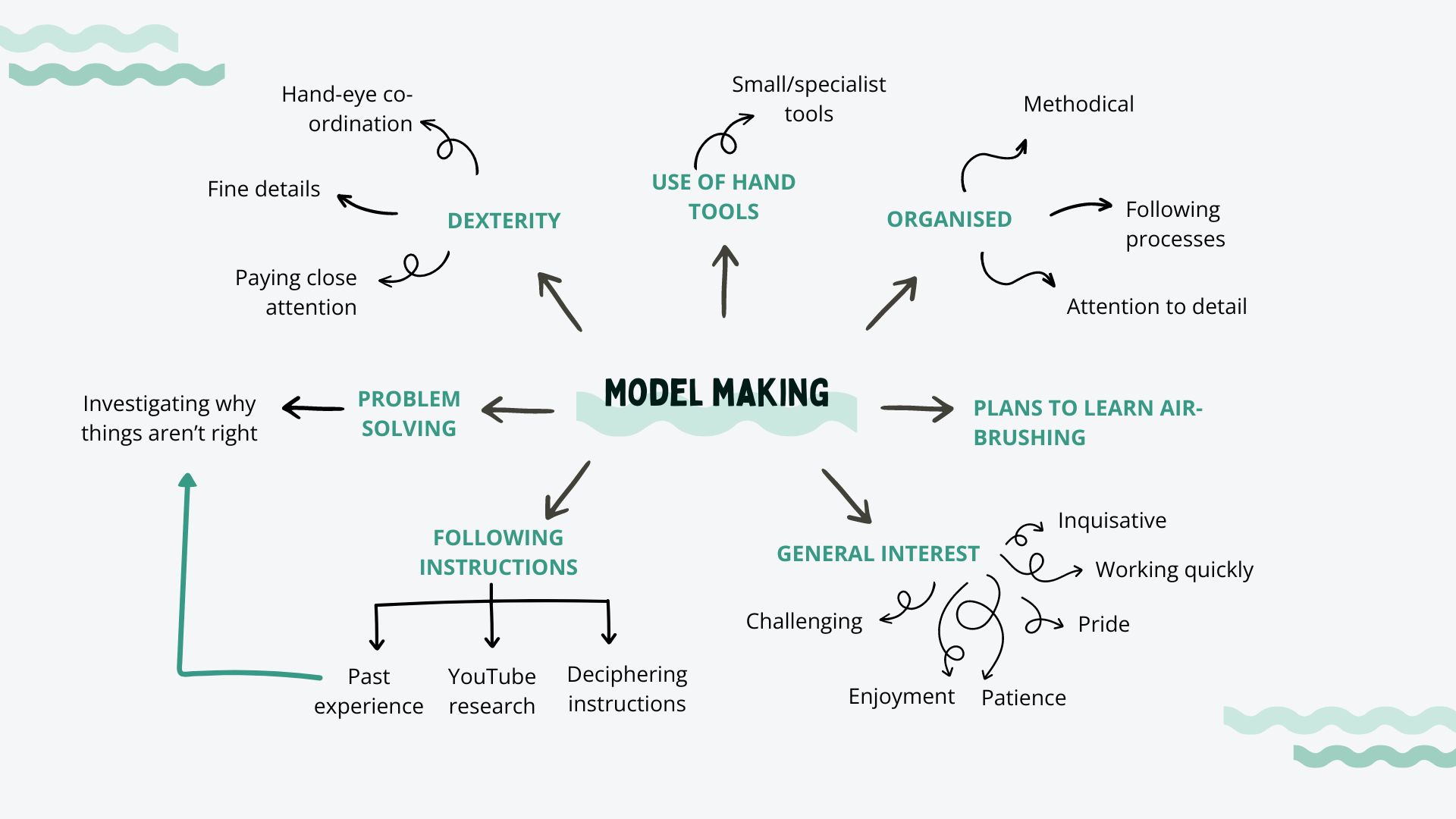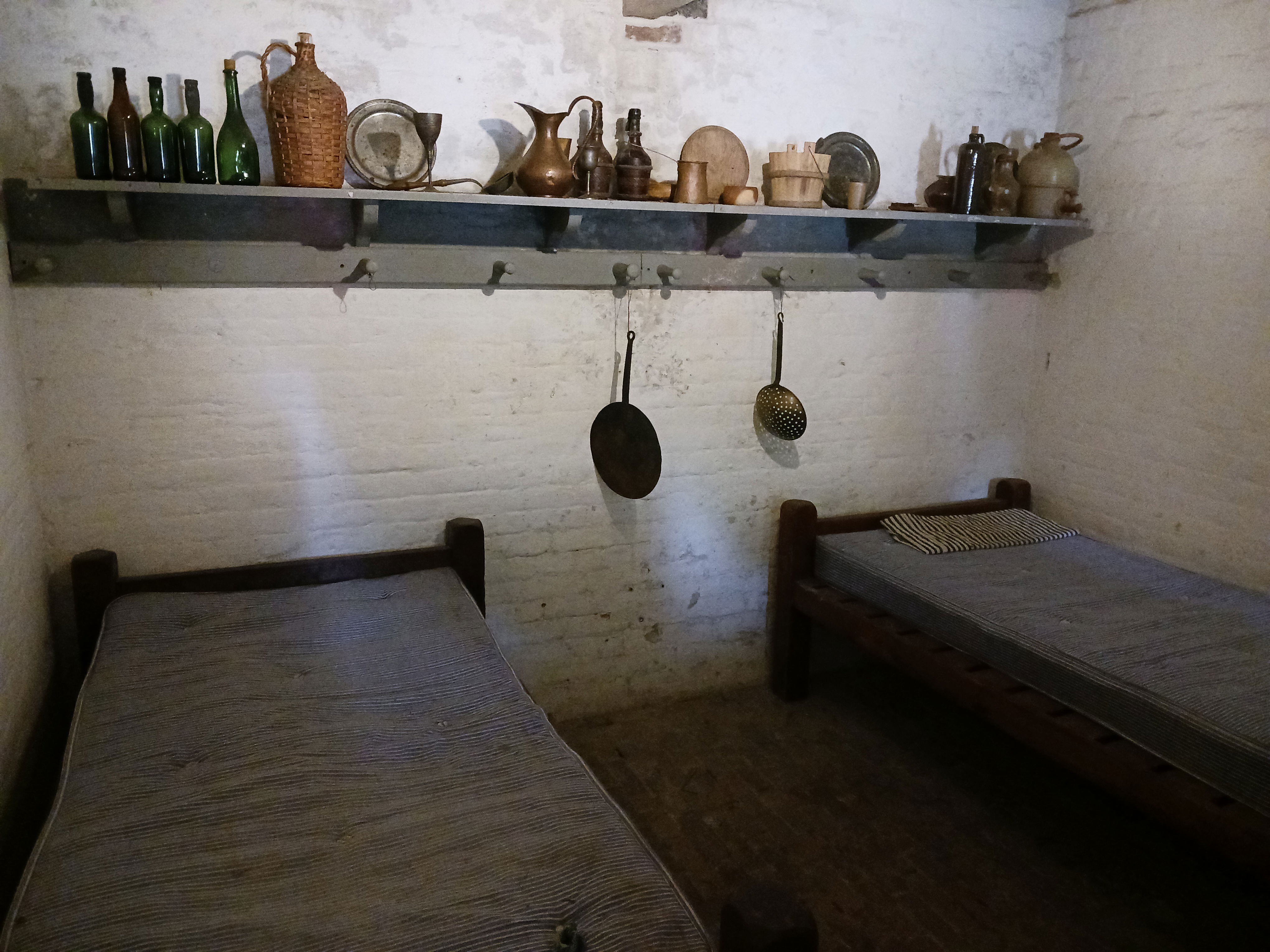
Background
Peter faced significant challenges after a serious motorcycle collision that led to the amputation of his right leg above the knee, along with fractures to his right elbow and shoulder. Following multiple surgeries, including a reverse shoulder replacement, Peter was exploring the next steps in his recovery. After spending 20 years in the security industry, he was keen to pursue new opportunities away from his previous line of work. He sought support through the Bee Work Ready programme to rebuild his confidence and explore volunteering as a meaningful step in his vocational rehabilitation journey.
Building on Strengths
In our initial conversations, Peter expressed a desire to engage in positive activities outside the home to structure his weekly routine. Despite his doubts about his abilities, it became clear that he possessed many practical skills and a strong attention to detail from his hobbies, particularly model making. This provided an excellent foundation for identifying transferable skills such as patience, process-following, and practical problem-solving. We explored Peter’s interests, which included history and creating structured processes, and his preference for working in small, supportive teams. It was essential to find opportunities that aligned with his interests and capabilities while accommodating his health needs and physical limitations.

Exploring Opportunities
After identifying Peter’s strengths and preferences, we researched local volunteering roles that would match his profile. The opportunity to volunteer at a local historical fort stood out as a perfect fit. To ensure a positive introduction, we arranged a meet-and-greet with the fort’s volunteer team, where Peter could learn about the role, assess the environment, and establish a rapport with the team. Our employability specialist attended the visit, providing additional support and ensuring Peter’s specific needs were discussed openly. Following the meeting, a detailed summary and photographs were shared with Peter’s case manager to illustrate the environment and highlight how this role could support his rehabilitation.
We used this discussion to better understand the things that are of interest to him, which included history, creating and following processes. Ideally any role would involve working in no more than small teams, with people who he could be at ease with. After conducting some research, we discussed a range of volunteer options that were available locally. He decided that the opportunity of working at a local historical fort would be of great interest, so a meet and greet was arranged with their team of volunteers. Our employability skills specialist also attended the meeting, which took place on a Saturday morning. The visit presented Peter with an opportunity to learn more about the role and the team he would be working within. It also allowed the existing volunteers to better understand what he was looking to get out of the opportunity and how best they could support him in achieving this in a safe manner. A summary of the visit was sent to Peter’s Case Manager, along with a wide variety of photographs for her to appreciate the environment that he would be working.
Thriving in a New Role
With support in completing the application process, Peter began volunteering at the fort on Saturday mornings. His role includes canon restoration, weapon making, and refurbishing tunnels, offering a unique combination of learning new skills and contributing to a historical setting. This experience has significantly boosted Peter’s confidence and sense of value within a team. Beyond volunteering, Peter has reintroduced other activities into his routine, including fishing, swimming, and attending the gym—all of which are crucial elements of his ongoing rehabilitation. Encouraged by his progress, Peter’s next goal is to secure a volunteer role in a busier, fast-paced environment to further challenge himself and expand his horizons.
Conclusion
Peter’s story highlights the transformative power of vocational rehabilitation through volunteering. By focusing on his strengths and providing tailored support, the Bee Work Ready programme enabled him to regain confidence, develop new skills, and reintegrate into a supportive community. His journey demonstrates the value of identifying meaningful opportunities that align with an individual’s interests and capabilities, ultimately paving the way for continued personal and professional growth.


